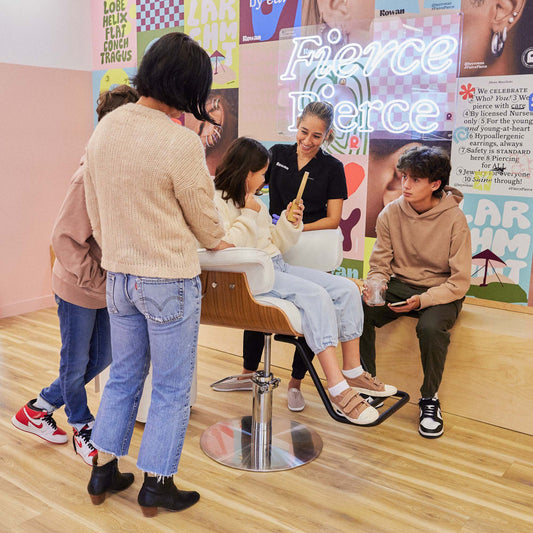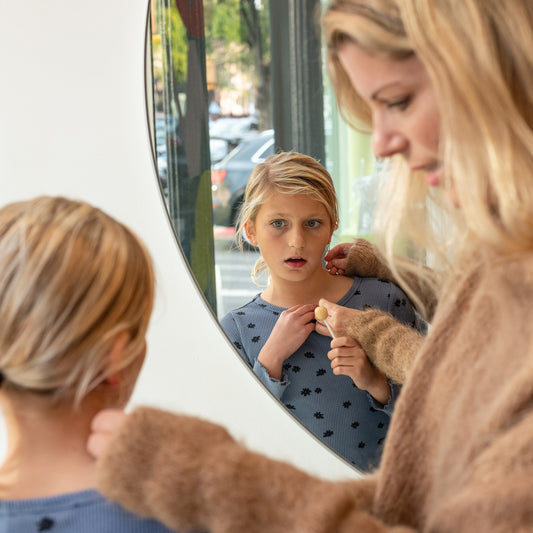Yes, You Can Take Your Earring Out for Medical Procedures, But There's A Catch
How do I prep my ears before a procedure?

Many doctors will ask you to take all jewelry off - including earrings - for medical procedures. This is for a couple reasons. Some procedures require magnetic imaging and having metal in your ears could be deemed unsafe to wear for risk of the magnet pulling your earring out. Another reason is policy and liability - many facilities require that patients remove all jewelry prior to a procedure because they don’t want to be liable if something happens to it. Another reason a facility may require you to take off all jewelry is to keep things sanitary and reduce the risk of infection.
We’re licensed nurses! So we know exactly how that goes.
There are a couple of ways to make sure your piercing stays happy and healthy before, during, and after a medical procedure.
First, make sure you clean your ear with Advanced Aftercare Solution and wash your hands before removing your earrings.
If your medical professional allows, our Sports Studs are a safe option to wear during procedures. Made from silicone, our Sports Studs are designed to protect your piercing when you’re unable to wear metal earrings. Make sure you disinfect them with alcohol or cleanse them with Advanced Aftercare Solution prior to inserting them into the piercing to avoid any potential infections.
(Fun Fact: our Advanced Aftercare Solution is a 2 in 1 product designed to be used on your ears and your earrings!)
Following your procedure, it’s particularly important to put hypoallergenic earrings into the piercing sites. Particularly for procedures which have longer recovery times, hypoallergenic earrings are great because they’re far less likely to cause infection or irritation, allowing your body to focus on the recovery at hand.
Refer to your aftercare instructions received at the time of piercing to confirm your earliest change date to know if it is safe to change your earrings. Timelines vary depending on the part of the ear that was pierced and the piercing method that was used. If your piercing is over one year old, you may be able to go the duration of your procedure without worrying about your piercings closing quickly.
Most importantly, follow your medical professional’s guidance.
“While these suggestions were designed to keep you and your piercings healthy during medical procedures, please follow the instructions from your doctor. If you have any questions, please stop in your nearest Rowan to connect with one of Rowan's nurses,” says Dr. Charles Thorne, Chairman of the Department of Plastic Surgery at Lenox Hill and Manhattan, Eye, Ear and Throat Hospitals.



